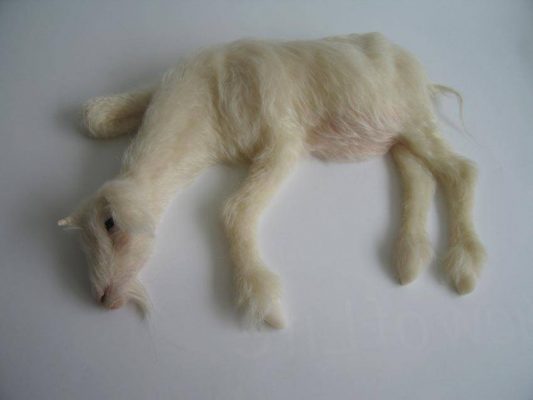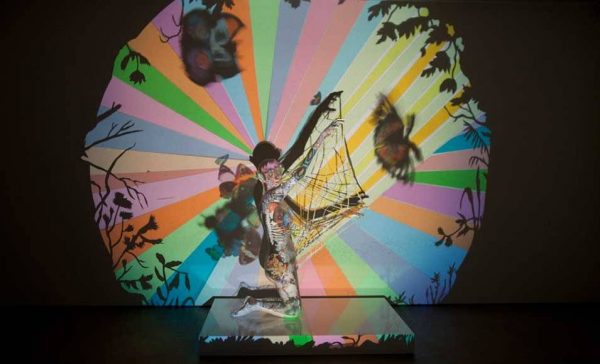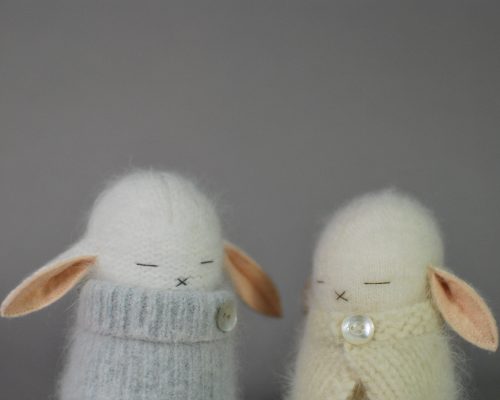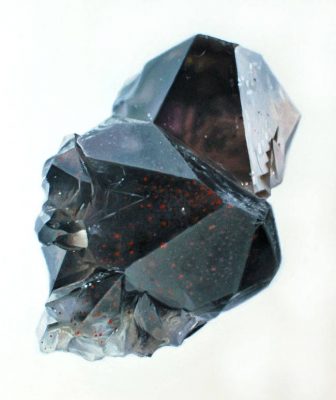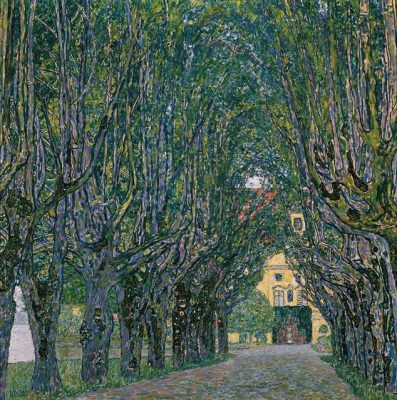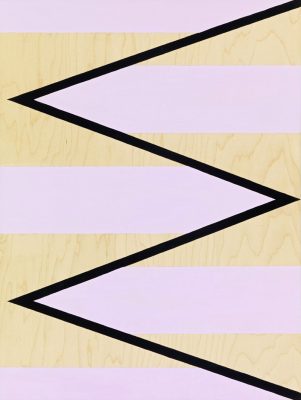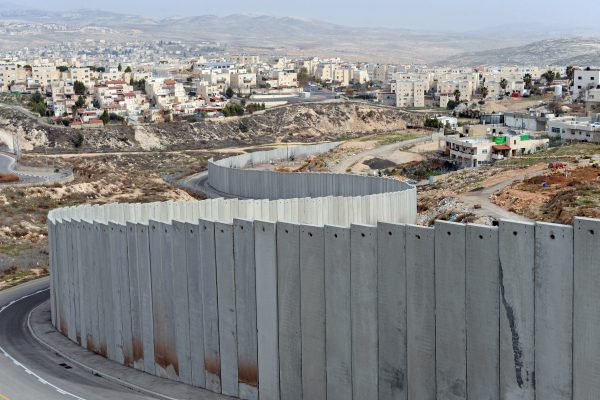David Altmejd’s installation for the Canada Pavilion at the 2007 Venice Biennale was a complex labyrinth of ferns, nests and caves littered with stuffed finches, starlings, squirrels, skunks and raccoons. Imaginary animals including Homme-Oiseau, a life-sized human figure with a bird’s head in a grey business suit, and The Giant 2, a crystal-covered, mirrored, furry giant crawling with moss, birds and fungi, mingled among them.
Altmejd’s enchanted forest was symptomatic of a rising interest in myth and magic among contemporary Canadian artists that we can relate to the anxieties of climate change and environmental degradation. Counter to one’s expectations, the trend’s cast of monsters, mutants, fairies and witches aren’t starring in escapist fantasies, but in disturbing visions that articulate our collective sadness and fear.
Artists have long turned to nature for comfort and inspiration in troubling times. The Romantics resisted the dehumanising effects of the Industrial Revolution by taking a renewed interest in the landscape, and the modernists rejected venerated Enlightenment values in the wake of the First World War by exploring the aesthetic traditions of so-called ‘primitive’ cultures, which were considered to live in prehistoric communion with the land. Today’s troubling blend of global conflict, civil unrest and economic collapse surely heralds another retreat to Arcadia; however, as Canadian artists have been quick to realise, nature is no longer the safe port in a storm.
In 2011 Canadians have already seen record-breaking seasonal floods in Manitoba, historic firestorms in Alberta and deadly heatwaves in Ontario and Quebec. In February, we held our breath as our neighbours to the south prepared for what’s now referred to as the 2011 Megastorm, and in April we mourned when a freak tornado outbreak killed more than 300 Americans. These extreme weather patterns are due in large part to our changing climate. The severe spring forest fires in Alberta, for example, were caused in part by the pine beetle outbreak, which was triggered by a series of unusually mild winters followed by hot, dry summers. Normally the pine beetle is an integral part of the regional ecosystem, eating dead or dying trees in order to make way for new growth. However, their rampant numbers and the expansion of their habitable area resulted in huge areas of forest being ravaged. The affected trees lit like matchsticks, and it took no fewer than 1,400 firefighters to tackle the blaze. To add insult to injury, the firestorm released an enormous store of carbon dioxide into the atmosphere, and the ecosystem’s capacity to process the warming gas has been severely compromised by the loss of green space.
These signs of crisis weigh heavily on the Canadian consciousness, which is tied irrevocably to the country’s vast stretches of untamed land. Canada is the world’s second largest country and over seventy per cent of the population lives within 150km of the US border, leaving an expanse of unpopulated wilderness to the north that continues to the magnetic pole. The power of that space is evident in the Canadian art tradition, which is itself dominated by the landscape genre. Our quintessential export is The Group of Seven, a band of plein-air painters who sought out dramatic natural vistas in canoes loaded with canvases. Fringe member Tom Thompson gained legendary status after disappearing in Algonquin Park during the summer of 1917. The artist’s mysterious death strengthens our romantic attachment to the Group’s works. The most uninhabitable region of Canada is the Arctic, and still we sing out our reverence for ‘the true north strong and free’ in our anthem, revealing the tie between our national identity and our natural heritage. The Arctic is currently experiencing the most extreme and visible effects of climate change. For Canadians, environmental ruin is immediate and personal; in these times of crippling chaos, we’re also mourning our swelling rivers, burning trees and melting glaciers. With the human and natural worlds in disarray, we turn inward to our respective dream worlds, which are also, unexpectedly, plagued by disease, death and disorder.
